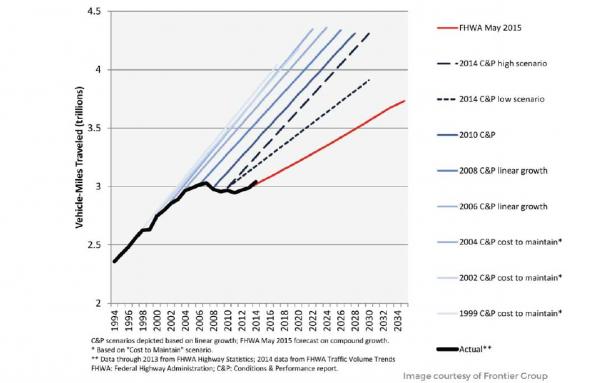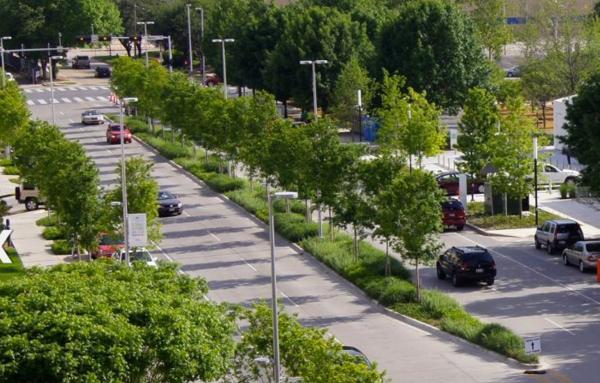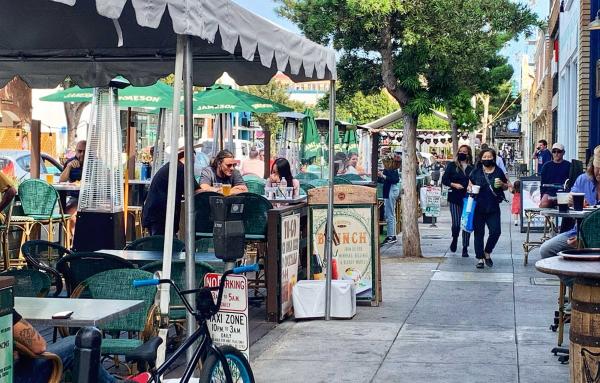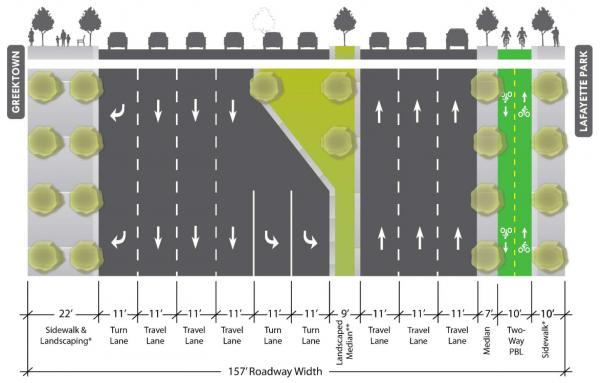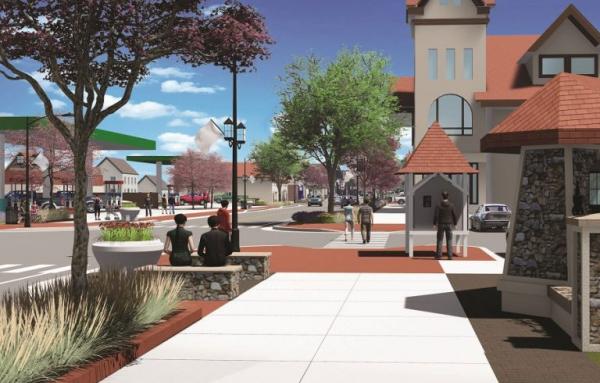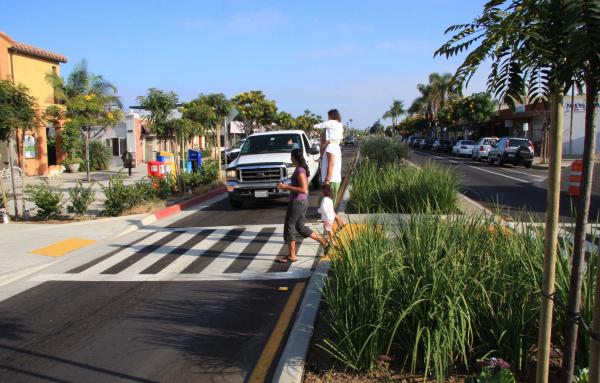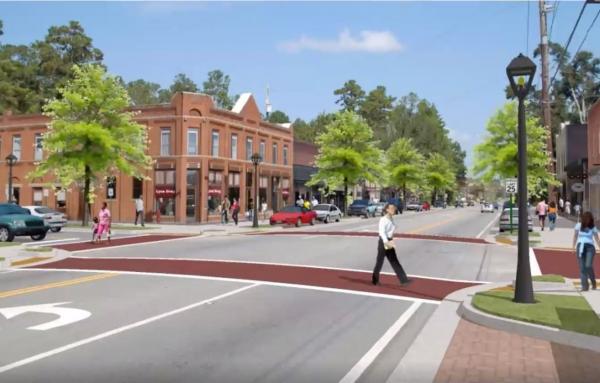Streets
Instead of accepting that dynamic relations of traffic are unknowable and developing a management approach that does not rely on false projections to provide an illusion of certainty, traffic modelers make their models more complicated and opaque.
Putting observation first, and theory second, helped to move the planning profession toward more beneficial city building techniques in the late 20th Century. It continues to be an important test and correction to theories, even new urbanist ideas.
The city used a bad assessment on walkability, and a skyscraper development, as the impetus and means to transform downtown’s public realm, boosting tourism, the economy, and quality of life.
Let's learn all we can from the lightning fast efforts to adapt streets to provide public space during the pandemic. The biggest lesson: Don't be afraid to experiment with streets.
The woonerf is coming of age as a thoroughfare type, allowing streets to take center stage as public spaces.
It's time to use the idea of reduced demand where it has the potential to improve a city's economy, society, and mobility.
The nation’s more than 7,600 Main Streets are hurting. Nobody knows exactly how much. At some point in 2021, when the vaccine has become available to everybody and the numbers of Covid cases plummet, we will collectively look around American...
As an urbanist, I ask Santa to bring America a renewed interest and understanding of the importance of street grids (more precisely, connected networks of streets with relatively small blocks). That may be a tall order for Santa, but I have been...
The US needs public works investments to help main streets.
To meet the challenges of the 21st Century, traffic engineers and transportation planners need to think of streets as places and the foundation for community.
The state DOT has a novel model to fix its automobile-oriented, dangerous thoroughfare network and design complete streets.
While New York City is shut down, the city has an opportunity to work on long-term plans to make streets safer, quieter, and more pleasant for pedestrians and cyclists.
